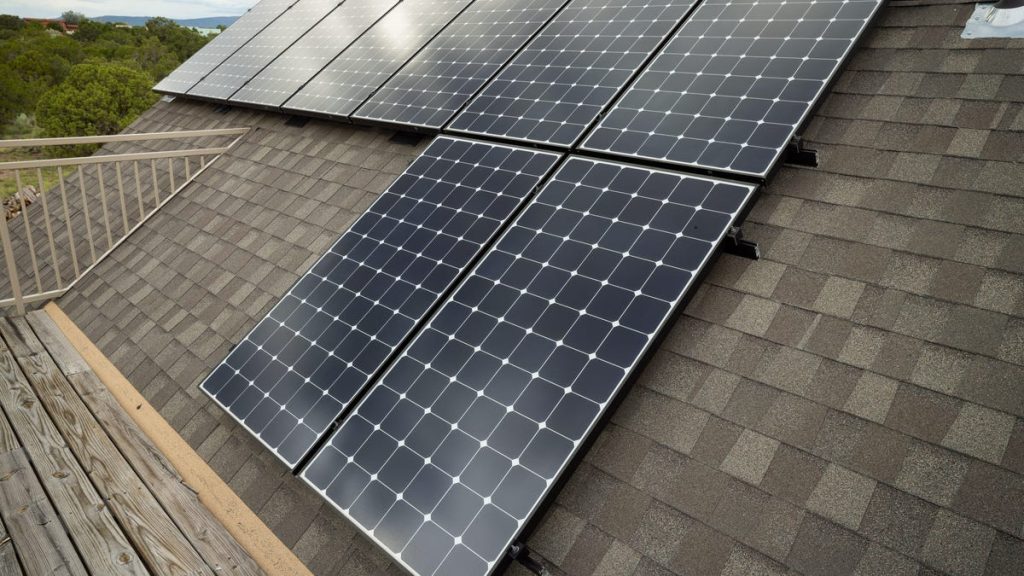As power outages become more common, electricity costs rise, and environmental concerns mount, residential solar power is starting to look more appealing than ever. However, many questions arise when considering installing a solar panel system on your roof, with the most important being the cost. Solar costs can range from $15,000 to $50,000, but there are opportunities to reduce these costs through federal tax credits, state and municipal incentives, rebates, and other financial incentives. Calculating the number of solar panels needed to power your home is essential, taking into account factors such as panel efficiency, energy consumption, peak sunlight hours, roof conditions, and personal energy goals.
Factors that affect the number of solar panels needed include wattage per panel, panel efficiency, energy production, household consumption, panel size, hours of peak sunlight, roof conditions, and personal energy needs and goals. The calculation involves dividing the desired energy production by the solar panel wattage to determine the number of panels needed. Steps to calculate the number of solar panels include reviewing monthly electric bills, converting monthly usage to daily use, determining peak sunlight hours, calculating required energy production, and determining the number of panels based on the solar panel’s power output. Seeking guidance from a professional solar installer certified by industry standards is recommended.
Other factors that affect the number of solar panels needed include solar panel wattage, output efficiency, production ratios, panel size, sunlight exposure, shading, geographical location, state incentives, and the risk of power outages. The roof type, condition, orientation, and local regulations also play a role in determining the number of panels needed. Cost and budget considerations are crucial, with the average cost for a home solar panel system ranging from $3 to $4 per watt. Annual electricity usage and personal solar goals, such as energy independence or cost and carbon footprint reduction, also inform the number of panels required.
Regarding common questions about home solar power, it is possible to run a house entirely on solar power by considering various variables such as roof size, orientation, shade, panel efficiency, and energy needs. Determining the number of solar panels needed to power a house off the grid depends on energy consumption, system efficiency, and location. Solar panels can help power an air conditioner, but the number of panels required will depend on the AC unit’s electricity consumption. In conclusion, understanding the factors, calculations, and considerations involved in determining the number of solar panels needed for your home is essential to make an informed decision about investing in solar power.


